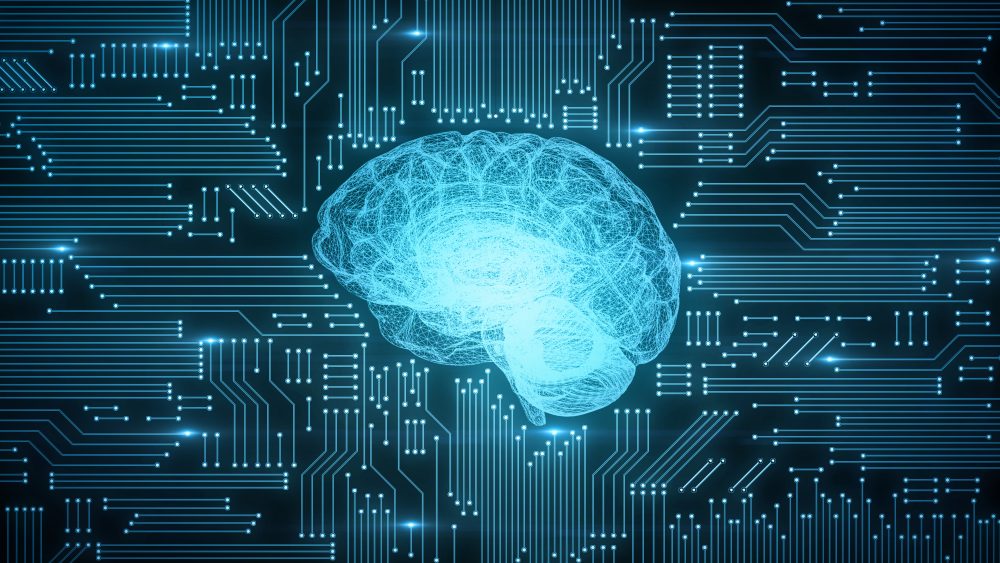statistical machine learning algorithm for early detection of infection using data from consumer wearables

Key Points
- DAIRNet Theme: Patterns in Noisy and Dynamic Data
- Organisation: University of South Australia
- Point of contact: Prof Siobhan Banks
bottom line up front
This project aims to detect pre-symptomatic carriers of infection for rapid intervention. We will use consumer off the shelf (COTS) sensors to continually measure physiological signals and machine learning (ML) to detect patterns correlated with an immune response. Ultimately, we will enable the joint force to navigate in a CBRN environment through superior exposure awareness.
This project will develop:
- a cloud service that can standardise, synchronise and clean biosensor streams from various wearables
- an automated process to recognise irregular sensor readings and obtain labels for corresponding activities, and
- user-friendly smartphone applications that link between wearables and the cloud service.
The project is using ground-breaking explainable machine learning algorithms to detect physiological changes such as immune responses and comparing sensor readings between different people to cluster them based on their biosensor reading profiles. It will also introduce new methods for elastic registration of functional data sets, modelling natural variations in biosensor readings, and a statistical hypothesis testing framework for determining how different an individual’s sensor readings are across days and weeks from usual data activity. The project aims to create a powerful, efficient, and user-friendly biosensor monitoring system.
problem addressed
We are working on advanced pattern recognition algorithms for the early detection of immune responses using commercial off-the-shelf wearable sensors. To obtain ground truth immune response data, we are recruiting participants who will receive a vaccine and monitor their bio-signals before and after the vaccination.
outcome
The project aims to produce a cloud service that can handle various biosensor streams, classifiers to tag biosensor segments, methods to identify corrupted data, and a user-friendly app for end-users. We will synthesise information from different sensors in real-time and develop new ML algorithms and robust techniques for biosensor registration. We will also develop a statistical hypothesis-testing framework that can compare, and contrast biosensor readings and cluster people based on their biosensor profiles.
the big picture for Defence
We will collect data from wearables worn by military personnel to gauge the algorithms’ false alarm rate and to determine any substantial differences in the measurements of military personnel and civilians before they are exposed to infection. The data gathered from military personnel will help to test if they are a different population than the initial cohorts to transition the prototype to Defence capability. Where appropriate, samples will be collected in alignment with parallel programs occurring within the Human Integrated Sensor Systems program, the Human Performance Patch Program and more broadly under the CBRN STaRShot.
ABC News featured this project on 9 June 2023 in an article titled ‘Could watches and fitness trackers spot disease and pandemic threats? AI scientists hope so’.


